Do you struggle with dull, lifeless, or unruly hair? Apple cider vinegar (ACV) might just be the miracle remedy your hair care routine is missing!
This natural, affordable, and effective ingredient has been used for centuries to enhance hair health. From tackling dandruff to improving shine and reducing frizz, ACV is a game-changer.
Wondering how it works and how to use it? Let’s dive into the incredible health benefits of apple cider vinegar for your hair.
#1. Balances Scalp pH Levels
Your scalp’s natural pH level is slightly acidic, around 4.5 to 5.5. Many shampoos and hair products disrupt this balance, leading to dryness and irritation.
Apple cider vinegar’s natural acidity (with a pH of around 2-3) helps restore the scalp’s pH, reducing excess oil production and keeping your scalp healthy.
Using ACV regularly can make your hair feel balanced and less prone to greasiness.
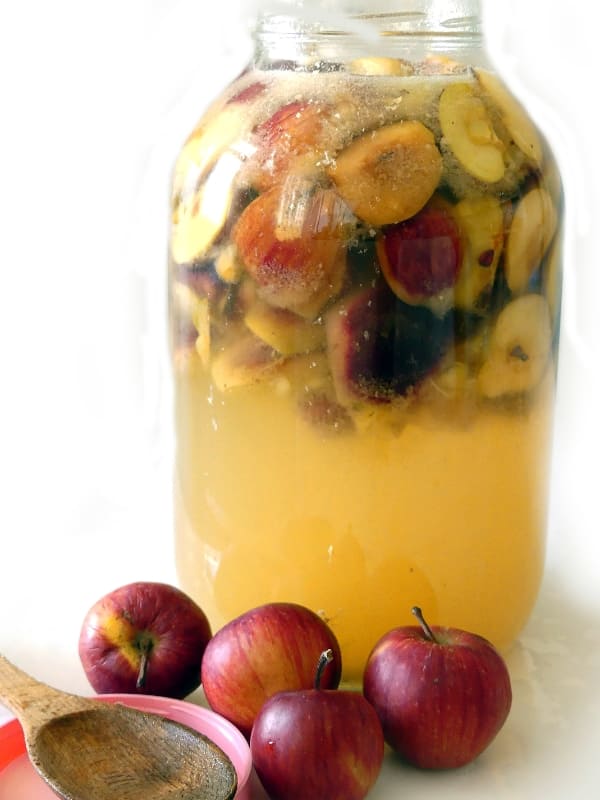
#2. Removes Product Build-Up
Over time, hair products like shampoos, conditioners, and styling gels can leave residue on your scalp and hair.
ACV’s cleansing properties effectively break down and remove this build-up, leaving your hair light, fresh, and rejuvenated.
A 2014 study highlighted that apple cider vinegar’s acetic acid content helps detoxify and clarify the scalp.
#3. Reduces Dandruff and Itchy Scalp
Apple cider vinegar is packed with antifungal and antibacterial properties that combat dandruff and itchy scalp. Malic acid in ACV acts as an exfoliant, gently removing dead skin cells while soothing irritation.
Consistent use can visibly reduce flakes within a few weeks.

#4. Adds Shine and Softness
ACV’s natural acidity helps seal the hair cuticle, which locks in moisture and reflects light. This process gives your hair a glossy, smooth appearance.
After just a few rinses with diluted ACV, you’ll notice a visible improvement in your hair’s texture and shine.
#5. Strengthens Hair and Reduces Breakage
The high levels of nutrients in ACV, such as vitamins B and C and potassium, nourish the scalp and hair strands. By improving scalp health and reducing brittleness, apple cider vinegar strengthens hair and prevents breakage over time.
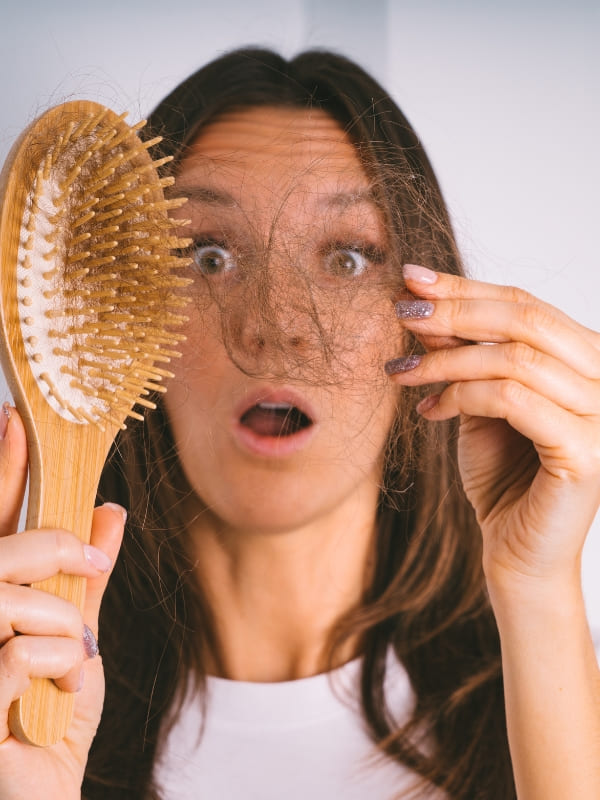
#6. Reduces Frizz and Tames Flyaways
Frizz is often caused by raised hair cuticles that allow moisture to escape. ACV helps smooth the cuticles, keeping frizz at bay and leaving your hair looking sleek and manageable.
How to Use Apple Cider Vinegar for Hair
1. Apple Cider Vinegar Hair Rinse
Ingredients: 2 tablespoons of ACV, 1 cup of water.
Instructions: Mix the ingredients and pour them into a spray bottle. After shampooing, spritz the mixture onto your scalp and hair. Leave it on for 5 minutes, then rinse with lukewarm water.
Benefits: Cleanses build-up, balances pH, and adds shine.
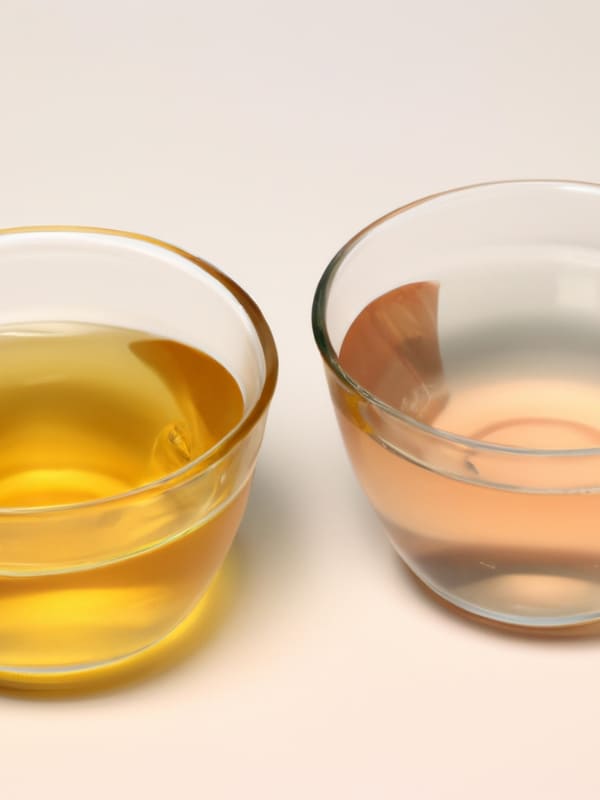
2. ACV and Essential Oil Scalp Treatment
Ingredients: 2 tablespoons of ACV, 2 drops of tea tree or lavender oil, 1 cup of water.
Instructions: Mix all ingredients and apply directly to your scalp. Gently massage for a few minutes, then rinse thoroughly.
Benefits: Soothes dandruff and nourishes the scalp.

3. Deep Conditioning ACV Mask
Ingredients: 2 tablespoons of ACV, 1 tablespoon of coconut oil, 1 tablespoon of honey.
Instructions: Mix the ingredients to form a paste. Apply to damp hair, focusing on the mid-lengths and ends. Leave it on for 20 minutes, then rinse with lukewarm water.
Benefits: Hydrates dry hair and enhances softness.
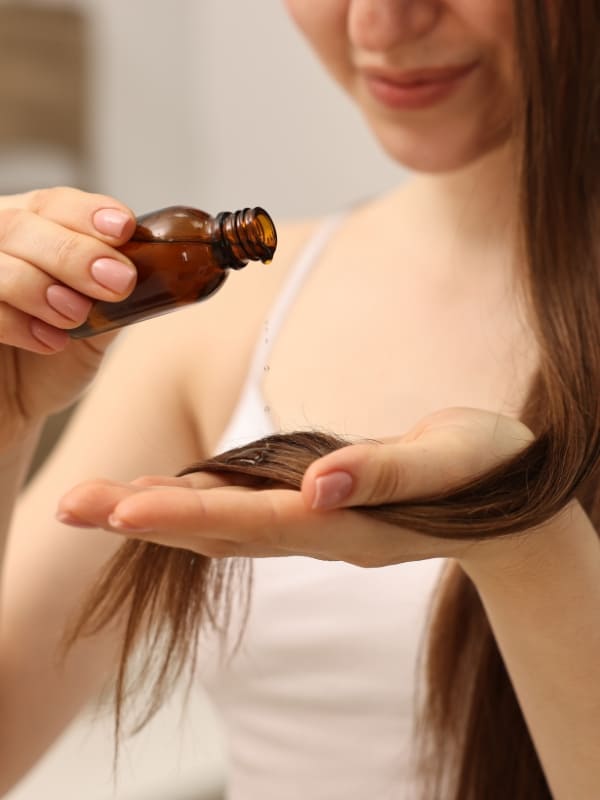
Cautions and Precautions
Apple cider vinegar is highly acidic and should always be diluted with water to prevent scalp irritation or damage to hair strands.
Before using ACV, perform a patch test to check for any allergic reactions. Overusing ACV can lead to dryness. Limit application to once or twice a week, depending on your hair type.
Individuals with sensitive scalps, open wounds, or severe skin conditions should consult a dermatologist before using ACV.
Disclaimer
This article is for informational purposes only and is not a substitute for professional medical advice. Always consult a healthcare provider before starting new treatments or remedies for your hair or scalp.
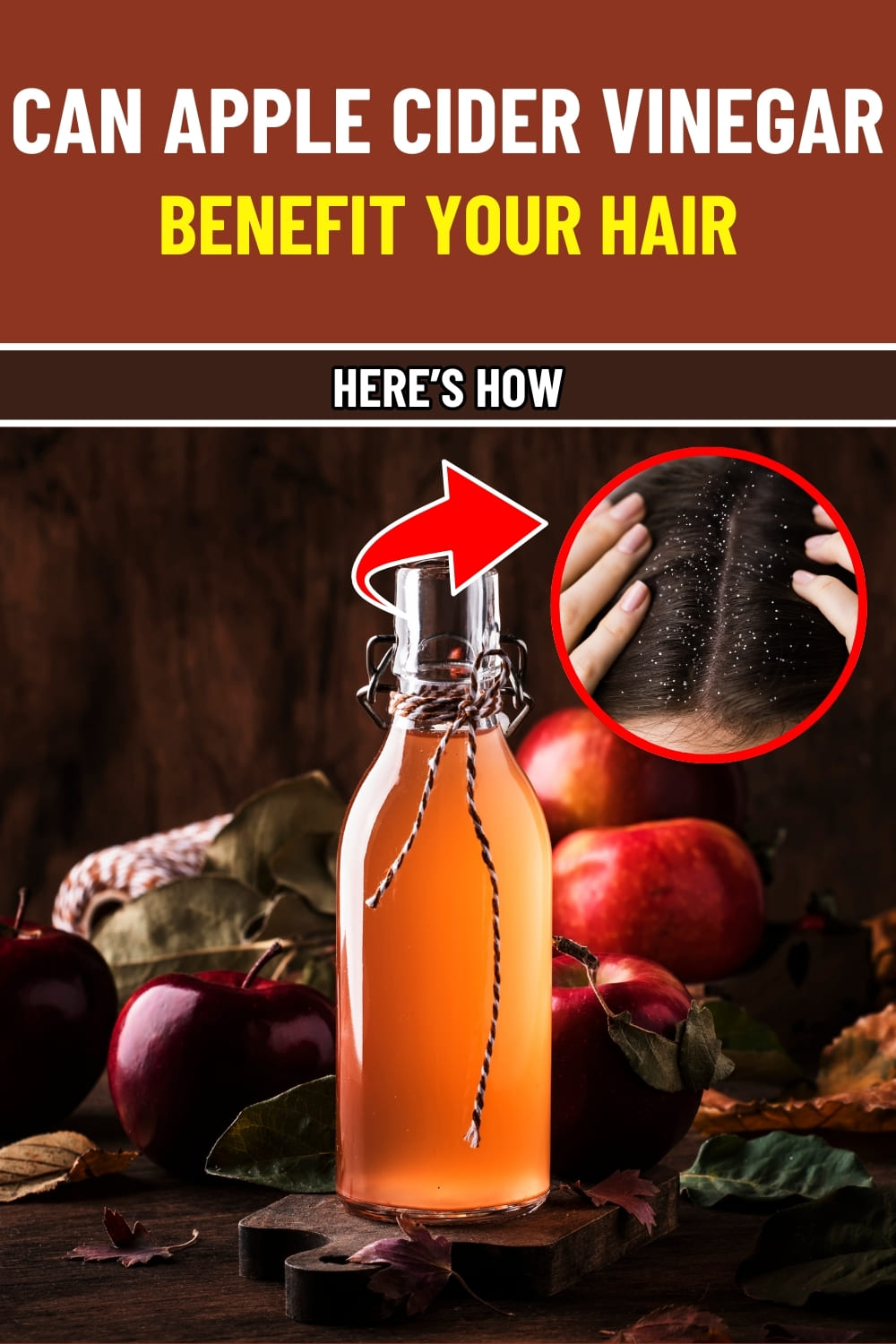
Transform Your Tresses Naturally with Apple Cider Vinegar – Here’s How
